Ancient news stories
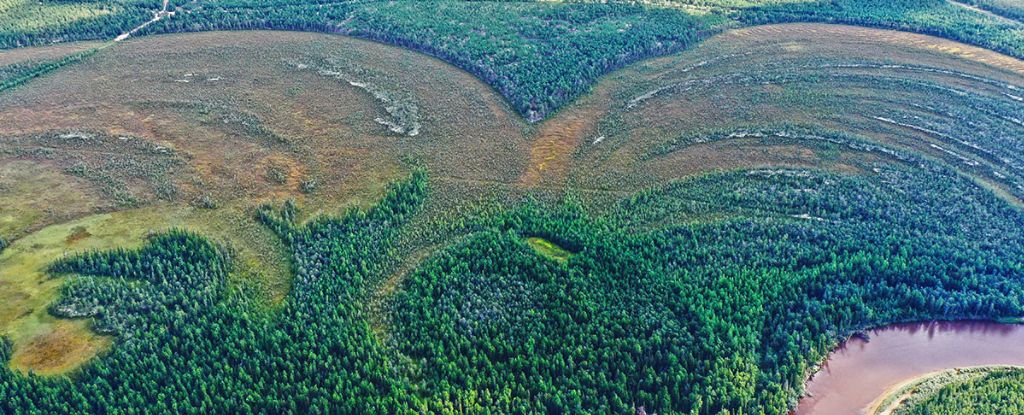
The Amnya archaeological sites were officially unearthed from 1987 onwards, but recent radiocarbon dating has found the main pit house at Amnya Site I and its fortifications date back 8,000 years or so. The study was published in Antiquity.
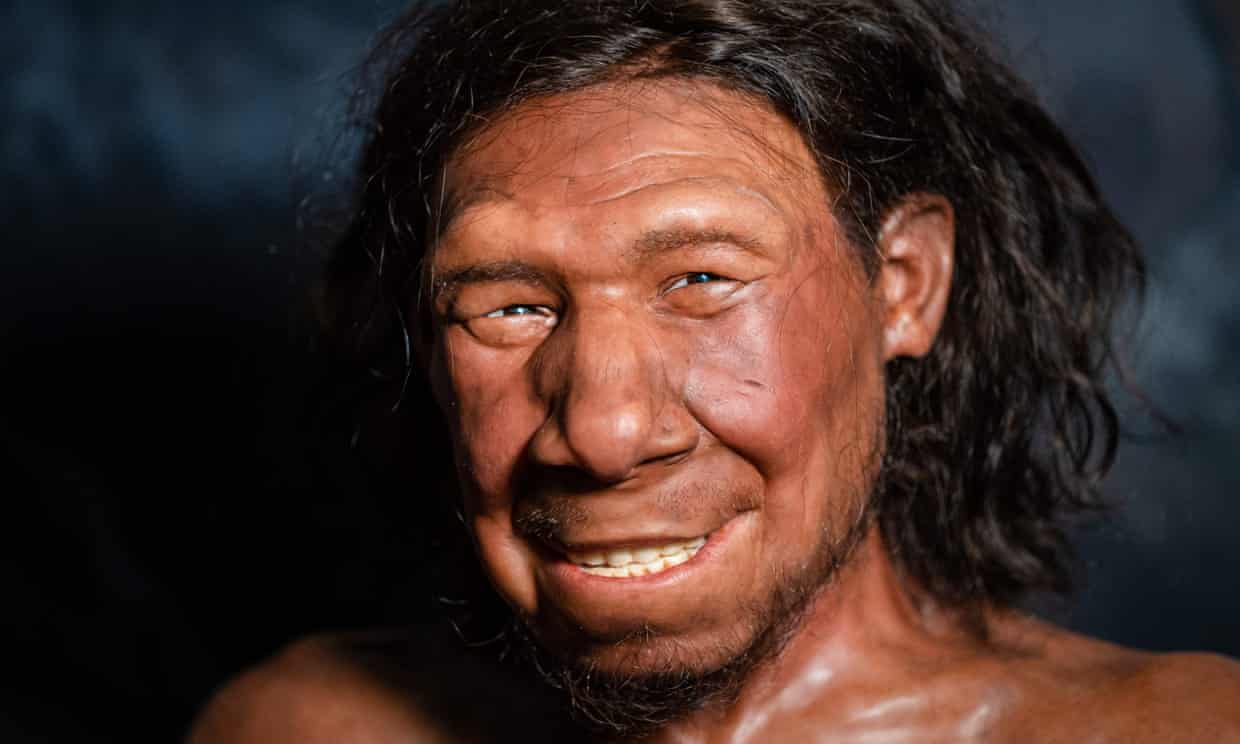
Scientists find genes inherited from our prehistoric cousins increase tendency to rise early – useful in regions with short winter days.

In a study published Dec. 13 in Science Advances, an international team of researchers…report archaeologically and genetically confirmed evidence for domestic yak, dating back 2,500 years, by far the oldest record.
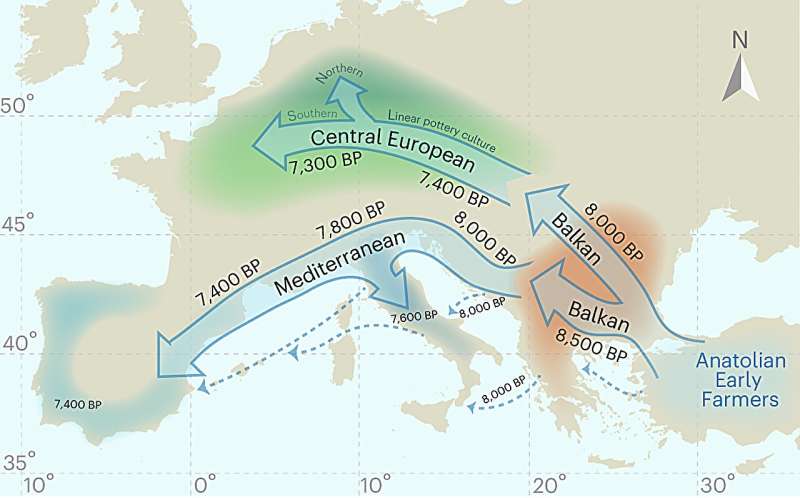
The difference in height between female and male individuals in northern Europe during the Early Neolithic (8,000–6,000 years before present, bp) may have been influenced by cultural factors, a paper published in Nature Human Behaviour suggests. The findings indicate that height differences during this period cannot be explained by genetic and dietary factors alone.

Exclusive: astronomers surprised at size of 13bn-year-old object, which raises new questions about where black holes came from.
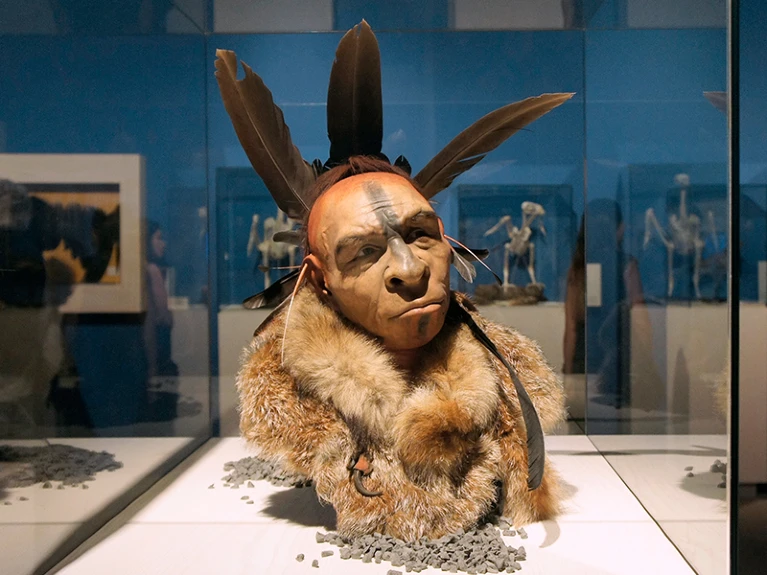
To understand the true otherness of Neanderthals, researchers must rethink the meaning they give to their archaeological finds, argues a new book —The Naked Neanderthal
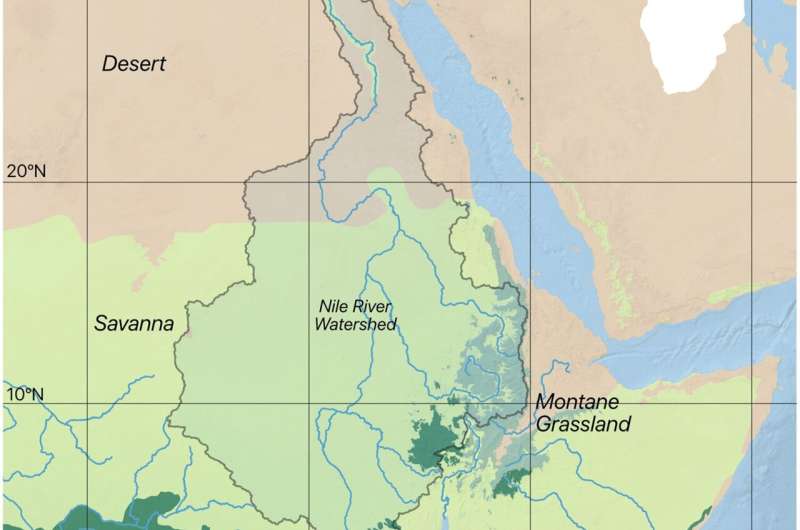
About 2.1 million years ago, the first humans—Homo erectus—migrated from Africa…For a long time, researchers have speculated on how Homo erectus could cross the dry and merciless desert, where there was neither food, water, nor shade. New research from Aarhus University now suggests that Homo erectus may not have walked through the desert when they left Africa…
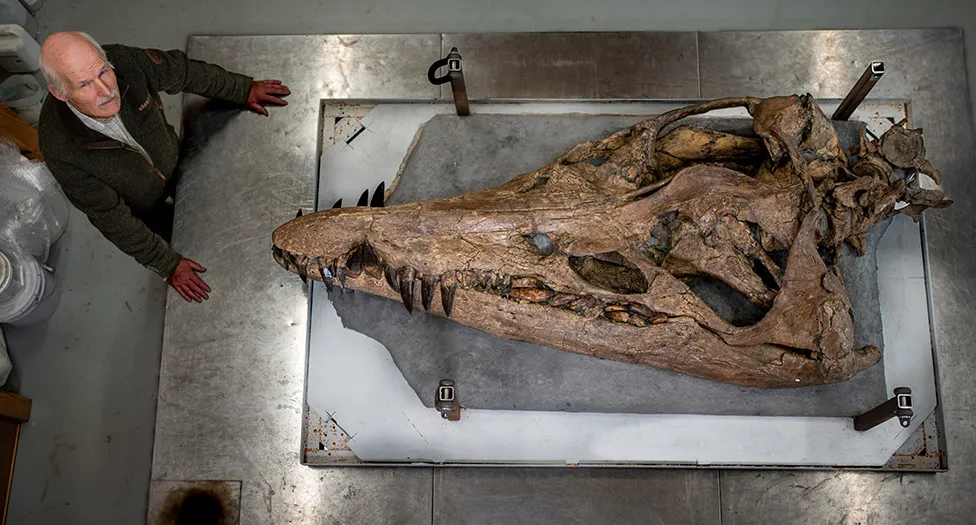
The skull of a colossal sea monster has been extracted from the cliffs of Dorset’s Jurassic Coast. It belongs to a pliosaur, a ferocious marine reptile that terrorised the oceans about 150 million years ago.

Hunter-gatherers in southernmost South America integrated horses with Spanish pedigrees into their societies around 400 years ago, long before Europeans occupied that region, a new study suggests.
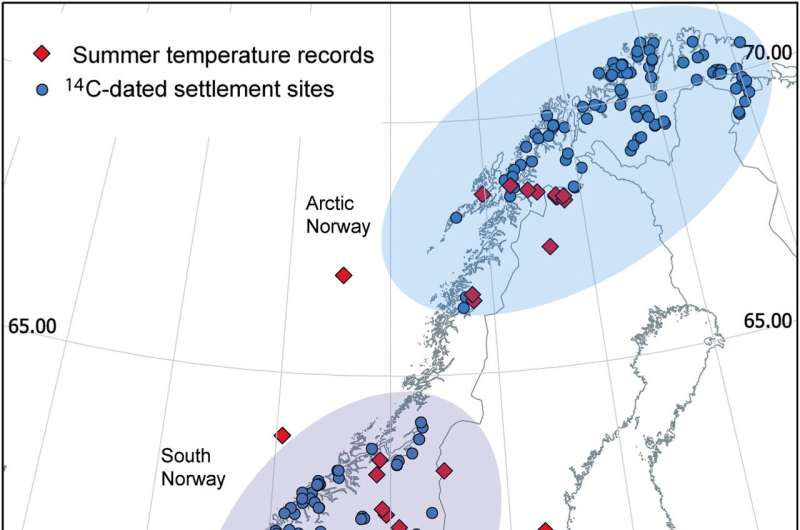
A new study published… in the journal Quaternary Science Reviews presents an unprecedentedly extensive set of archaeological and environmental data revealing connectivities between climate changes, population dynamics and cultural changes in present-day Northern Germany and Scandinavia during the Neolithic and Early Bronze Age.

Five axes found in Poland date to 3,500 years ago, and may have been used as either tools to chop wood or for sacrificial purposes.
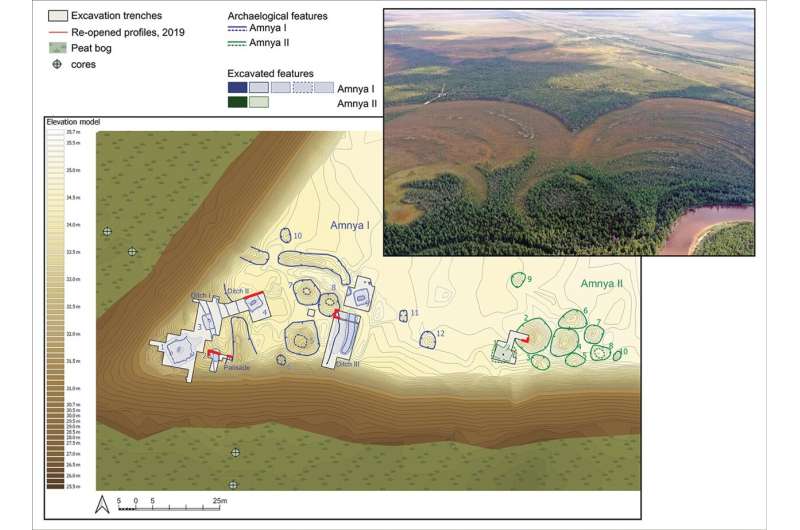
A groundbreaking archaeological discovery… has uncovered fortified prehistoric settlements in a remote region of Siberia. The results of their research reveal that hunter–gatherers in Siberia constructed complex defense structures around their settlements 8,000 years ago. See the study here.

The Tiwanaku civilisation, which precedes the Inca civilisation and has a lifespan of 25 centuries, is known as the ‘mother culture’ of South America. The civilisation mysteriously vanished without a trace. There are numerous theories, but recent findings have shed light on the truth of what may have happened and the significance of this cultural mystery.
Image from Wiki Commons.
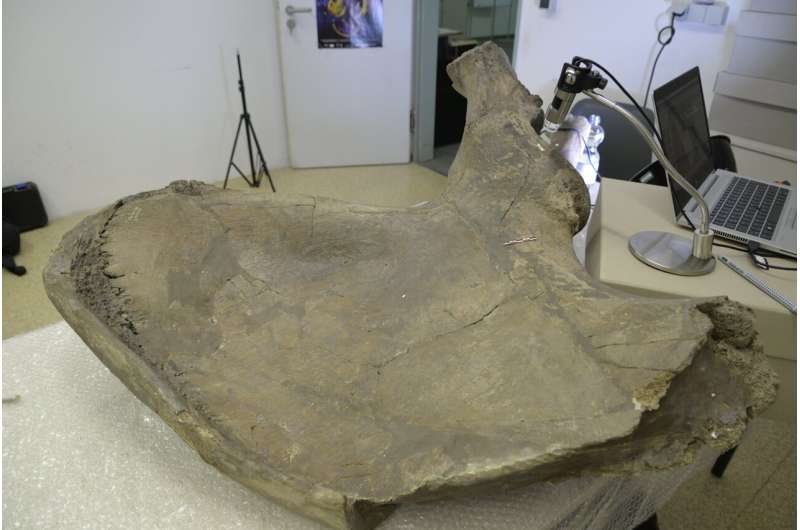
Hunting the now extinct straight-tusked elephant (Palaeoloxodon antiquus) was widespread among Neanderthals, concludes a research team… The study has recently been published in the Proceedings of the National Academy of Sciences.
New research published in Nature Communications suggests that the first cell-like structures on Earth contained radiation-resistant manganese antioxidants, protecting the first cells to evolve.

Similar patterns develop on the surface of Earth’s polar regions when icy sediments cool and contract. A comparable process long ago may have created the shapes on Mars, found near the planet’s dry equator, researchers reported recently in Nature Astronomy.








